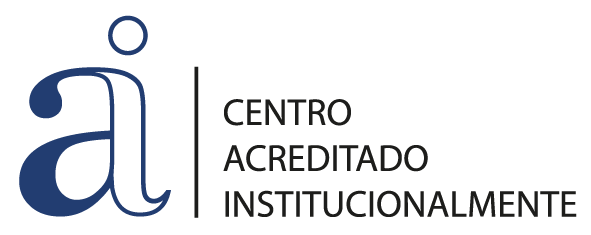Próximo seminario INMA Impulso el 5 de mayo "Redox Catalysis of Metal-Complexes as Anticancer or Antimicrobial Approach: Thiol Oxidation and Reactive Oxygen Species Production", por Peter Faller
El lunes 5 de mayo de 2025 a las 12:00 h en la Sala de Conferencias del Edificio I+D, en el Campus Río Ebro, se celebrará un nuevo seminario INMA Impulso, que será impartido por Peter Faller, de la Universidad de Strasbourg, con el título "Redox Catalysis of Metal-Complexes as Anticancer or Antimicrobial Approach: Thiol Oxidation and Reactive Oxygen Species Production".
Resumen (en inglés):
Redox reactions are very fundamental for biology as electron transfer is the basis of energy conversion for life. A canonical example is the respiratory chain in the mitochondria. In biology this electron transfer between the donors and acceptors follows specific paths and has to be tightly controlled, to avoid potential dangerous off-pathway electron transfer. Redox active metal ions are very suited for electron transfer reactions, and Nature uses different redox active metal ions, such as copper, iron, manganese etc. Moreover, the activity of these metal ions are controlled by the way there are bound, i.e. by their ligands. Due to this reason to control the chemistry redox active metal ions are always bound to biomolecules, principally proteins.
Several diseases have been linked to a mismetabolism of metal ions. For instance, Wilson’s and Menkes diseases are genetic disorders and lethal if not treated. They lead to an overload or to a lack of copper, respectively. Also Alzheimer’s disease and cancer have been related to copper.
Our group is interested in redox active metal ions, mainly the essential copper, but also iron and others. We aim on one side to understand their role including in the diseases mentioned above and try to design and/or use ligands to interfere with their metabolism for a therapeutic approach.
During the last years we worked on the metal-ligand complexes, mainly with Cu, used in anticancer and antimicrobial activity. However, it was realized that stability of these Cu-L are a major and often underestimated issue. [1,2] Recent advancements and mechanistic insights towards stable and active Cu-L will be presented. [3-6] Particular focus is on understanding the redox chemistry of Cu-L with cellular thiols (glutathione, cysteine, thioredoxin, metallothionein) or other reducing agents to produce reactive oxygen species (ROS). Both ROS production and thiol depletion are considered as therapeutic strategy in cancer.
Related references from the group:
[1] Santoro A, Calvo JS, Peris-Díaz MD, Krężel A, Meloni G, Faller P. Angew Chem Int Ed Engl., 59, 7830-7835 (2020)
[2] Nunes P, Correia I, Marques F, Matos AP, Dos Santos MMC, Azevedo CG, Capelo JL, Santos HM, Gama S, Pinheiro T, Cavaco I, Pessoa JC. Inorg Chem. 59:9116-9134 (2020)
[3] Falcone E, Ritacca AG, Hager S, Schueffl H, Vileno B, El Khoury Y, Hellwig P, Kowol CR, Heffeter P, Sicilia E, Faller P. J Am Chem Soc. 144, 14758-14768 (2022)
[4] Falcone E, Stellato F, Vileno B, Bouraguba M, Lebrun V, Ilbert M, Morante S, Faller P. Metallomics. 15:mfad040 (2023)
[5] Doumi I, Lang L, Vileno B, Deponte M, Faller P. Chemistry. 26:e202304212 (2024).
[6] Falcone E, Vigna V, Schueffl H, Stellato F, Vileno B, Bouraguba M, Mazzone G, Proux O, Morante S, Heffeter P, Sicilia E, Faller P. Angew Chem Int Ed Engl., 64:e202414652. (2025)

